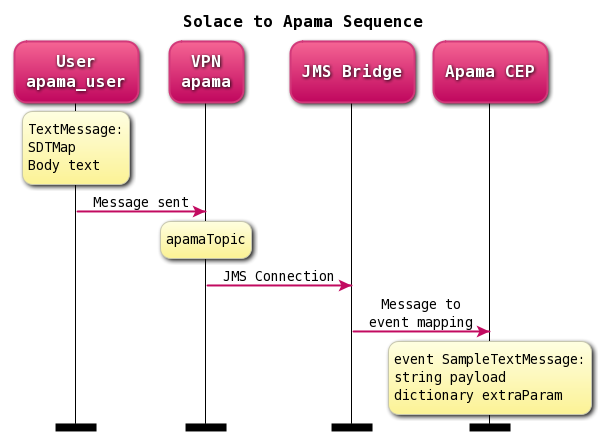Apama is a market-leading platform for performing streaming analytics and automating intelligent responses to fast-moving big data. Combining event processing, messaging, in-memory data management and visualization, Apama is a complete solution that can turn relentless data streams — like those produced by the Internet of Things (IoT) — into meaningful real-time metrics. Solace’s ability to efficiently route massive volumes of real-time information unlocks the full potential of Apama.

I wrote this integration guide for developers already familiar with Apama and JMS. It illustrates how to generate Solace messages and feed them into Apama via JMS adapter. It also includes information about the fun part of any project: debugging! By toggling configuration parameters, we can capture runtime debug logs from the Solace API library and Apama Correlator. Finally, Apama Dashboard is feature rich with an integrated tool palette from RTView, so depending on the use cases Apama Dashboard can offer in-depth view of the received business messages in real time.

 Wayne Sang
Wayne Sang
